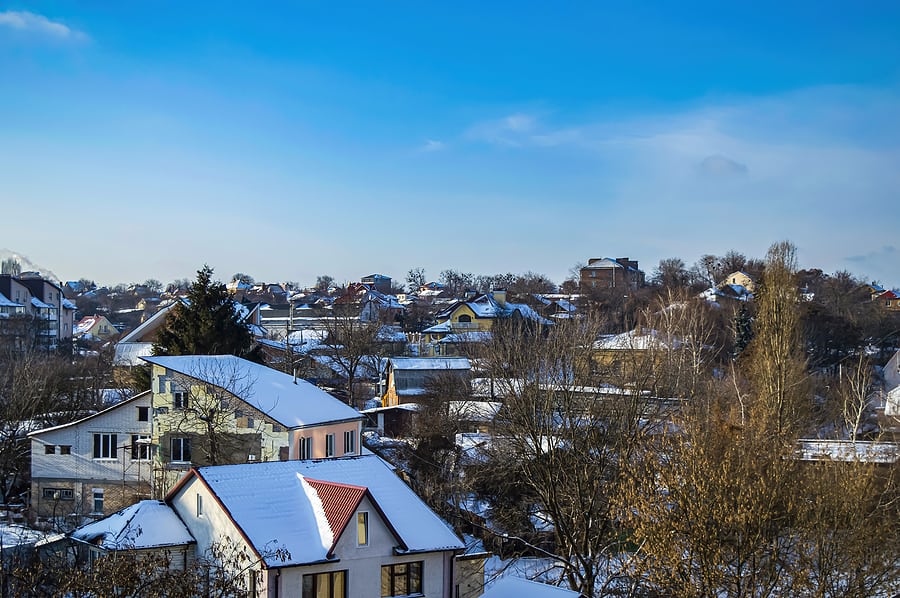Standing Water? Standing IN Water? Call now.
If your building is flooded, stop reading and call us!
If you’ve had previous damage from water and it’s less of an emergency, you can call us or contact us by email.



Four Winter Hazards That Could Flood Your Home

When winter weather is bad in Southeastern Wisconsin, it can put your home at risk of a lot of damage. One of the biggest risks to your home during winter is flood damage. Many factors can contribute to your home’s flooding. Understanding these factors can help you plan some mitigation strategies to prevent flooding.
Here are the biggest risks of winter residential flooding…
Blocked Gutters
Gutters are a complex system designed to direct water away from your home. Over time, gutters can get blocked with debris like leaves, branches, and trash. When a gutter becomes blocked, it will start to overflow. That overflow can leak into your home, causing a lot of water damage. The best way to prevent flooding from blocked gutters is to routinely clean them and check them for any potential blockages before a storm.
Ice Dams
Roofs that are sloped are often at risk of developing ice dams. Ice dams form when snow accumulates on the roof. When the snow melts, the ice dam then blocks the water. That water can then enter your home and cause a leak, water damage, and put your home at risk for mold. The best way to prevent an ice dam from forming is to ventilate your attic. This will keep it at a consistent temperature, leading to even ice melt. If you notice an ice dam, do not try to remove it yourself as it is dangerous. Instead, call a water mitigation specialist to help.
Snow Melt
When there is a lot of snow, that is a lot of water piled up next to your home. When that snow starts to melt, especially if it melts quickly, that water can enter your home. This is especially problematic if the snow is stacked along the side of your home near your basement, crawlspace, or foundation. The best way to prevent water damage from snowmelt is to make sure the landscape is graded to direct water away from your home. A water damage mitigation specialist can help you with this process.
Frozen Pipes
When the weather gets very cold, it can lead to freezing the water in our pipes. When this happens it creates a blockage. That blockage then causes pressure which then builds up over time. Eventually, that pressure gets to be too much and leads to the pipes bursting. When pipes burst that can cause significant flooding very quickly. To prevent pipes from freezing, simply turn them on and let them drip when the outdoor temperature is freezing. If your pipes are starting to freeze, keep them on and use a hair dryer or a warm compress to warm them back up.
These are the four biggest winter flooding hazards faced by Wisconsin homeowners. Understanding these risks and implementing some mitigation strategies will help prevent these risks from turning into floods. Unfortunately, there are times when we cannot prevent flooding. In those cases, call a professional water restoration team to help.



